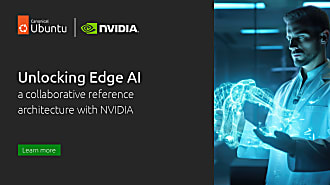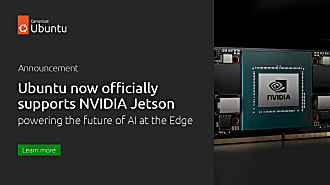Thibaut Rouffineau
on 12 November 2015
Eclipse’con Europe 2015 : Agile embedded development!
Last week was Eclipse’con Europe, the yearly Eclipse Foundation European conference. Eclipse’con has taken place in Ludwigsburg, Germany for the last 10 years… and what a difference these years have made in the world of both embedded development and embedded Linux. These changes can be summarised in 2 sentences:
- Out goes: “Let’s make embedded development easier”
- In comes: “Let’s make embedded deployment easier”
Let us explain!
Cast yourself back to 2008 Eclipse’con! Eclipse is buzzing with mobile and embedded development projects CDT, DSDP… Eclipse’con’s corridors are packed with embedded Linux vendors discussing what makes a “device”… a plane? a car? a phone? a router? and the right tooling for the right “device”. The talks revolve around using IDEs to make embedded development less complex across all these “devices” and opening it up to a larger number of developers.
And what a success embedded development has been!
Now back to the 2015 Eclipse’con! And the situation has changed drastically! Almost half of developers (8.7M of them according to EDC) have now embraced mobile / embedded development… Tooling has matured and made the notion of host and target much simpler to understand and develop for: cross compilation, emulation, on device deployment and test… Mobile apps architecture has also been standardised and simplified around a client / server model based on REST APIs or a Backend As A Service. “Devices” are now called “Things” and everyone expects them to be of all size and shapes without any prejudice. Embedded code has now been renamed Internet of Things apps and is now “standardised” around a client / server model based on MQTT messages.
Embedded development is simpler but is it more agile?
Whilst everyone recognises that embedded development is much simpler than it used to be. It hasn’t translated into IoT development being more agile. And everyone wants agile! The IoT heavyweights present at Eclipse’con, Bosch, Siemens, BMW, Siemens were all on the same agile page. They all have the tools to develop faster, they now need the tools and the mindset to deploy and upgrade their “things” faster, or in Bosch’s terms “They’re old dogs learning new tricks”. Market pressure is strong as a speaker highlighted “Software updates will become a key differentiator for car manufacturers” referring to how Tesla manage to offer new features after a car has been purchased by offering software upgrades.
How Eclipse tackles the demand for more agility in IoT?
Eclipse Foundation is not only about developer tools rather it has become the home of numerous IoT projects and developers. Enabling a new agile embedded world is obviously one of their key objectives. Unsurprisingly it was high on the agenda of the conference with new projects being proposed to manage the IoT deployment complexities. How do you continuously upgrade your software and your operating system once devices are deployed? How do you ensure updates do not compromise your customer devices? How do you securely bring third party innovation to your devices? How do you offer security to your customers’ things? How do you manage software upgrades in large device fleets?
These are all the reasons why Ubuntu Core came to life: security, app enablement, transactional and reliable updates and we’re looking forward to getting more involved in these discussions with the rest of the Eclipse community. In particular Canonical is looking forward to building this more agile embedded future with a new project starting with the Eclipse Foundation to make IoT more agile from development to deployment! And in the meantime you can start playing with Eclipse technology on Ubuntu Core, why not give a try to the Paho MQTT client on Ubuntu Core for example?




